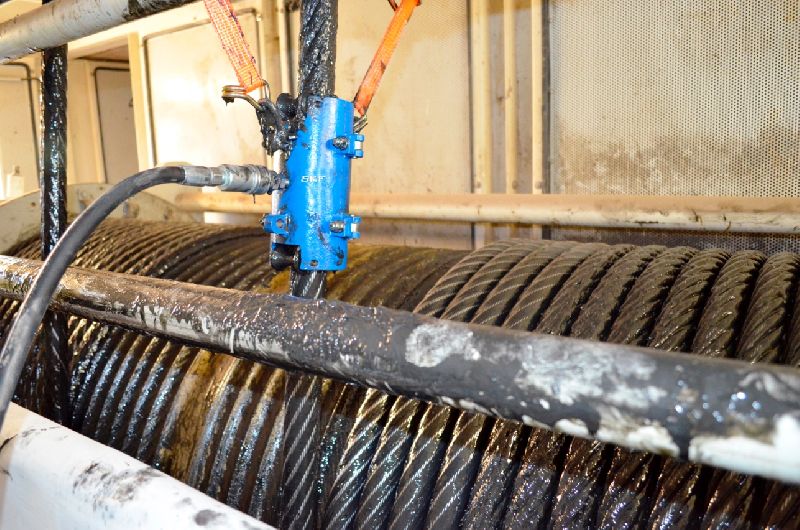Numerous machinery and constructions contain wire rope in significant quantities. It is made up of unbroken wire strands that are wound around a main core. There are numerous varieties of industrial wire rope lubrication made for various uses. The majority of them are comprised of steel wires that have been twisted into strands. Steel, rope, or even plastic might be used as the core material in Viper Wrl.
The size, steel grade utilised, whether or not it is prefabricated, the lay, the number of strands, and the number of wires in each strand are all factors that help identify wire ropes (also known as cables).
No of the design or material, lubricating wire ropes is a challenging task. Ropes with fibre cores are a little simpler to lubricate than those made only of steel. Therefore, while choosing rope for an application, it’s crucial to give serious thought to the problem of field relubrication.
Important Lubricant Performance Metrics
Wear resistance and corrosion avoidance are two essential performance characteristics to look for in a wire rope lubricant. Product data sheets from manufacturers typically contain this kind of information. Fiber is also seen in wire ropes. Sisal rope has traditionally been used to make fibre ropes, however plastic materials can also be used. Compared to steel core ropes, fibre core ropes are less durable. Fiber core ropes are employed in many overhead crane applications because they are highly flexible.
Also Visit: Experts Wonder if Ether will Bounce Back to $4k
Typical Rope Applications
Draglines, elevators, suspension bridges, shovels, drilling rigs, cranes, and cable-stayed towers are a few examples of the numerous devices and constructions that use wire ropes. The type and size of wire rope needed depends on the application. Regardless of the purpose, wire ropes will perform better, last longer, and offer more user advantages when maintained properly.
Another study found that using 3/8-inch and 5/8-inch diameter ropes with 5-ton and 10-ton overhead cranes in the US, the ropes’ average life was doubled. According to the authors, the penetrating lubricant’s capacity to replace water and other impurities with oil and therefore lessen wear and corrosion throughout the rope is what makes it work better. A good spray of penetrating wire rope lubricant serves as the equivalent of changing the oil in wire ropes.
Years of field experience have led Lubrication Engineers, Inc. to the conclusion that penetrating lubricants, whether used alone or in combination with a coating lubricant, can extend the life of wire ropes. It has been demonstrated in practise at a mine in South Africa that using this strategy might double life cycles. The replacement cycle for four 44-mm ropes at one mine site was increased from an average of 18.5 months to 43 months. Four 43-mm x 2073-meter ropes’ life cycles were increased from an average of 8 months to 12 months at another mine.
Conclusion: The savings in replacement expenses for wire rope (downtime, labour, and capital costs) far outweighed the price of the lubricants. Businesses that understand the value of adequate wire rope lubrication have a significant edge over those who choose for the cheapest lubricant, or none at all, while renewing ropes considerably more frequently.
Also Visit: Will GNOX beat cryptos like FTM, AVAX, and CAKE in the DeFi sector?













